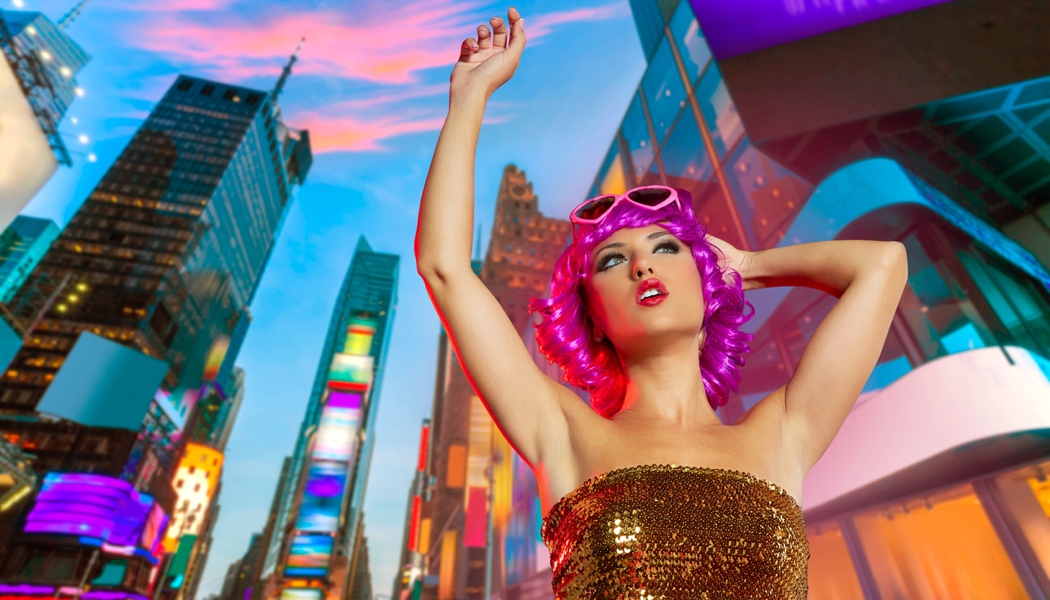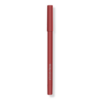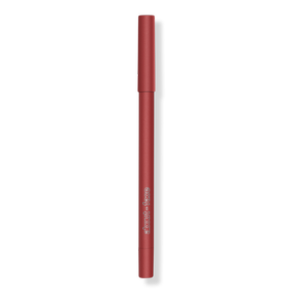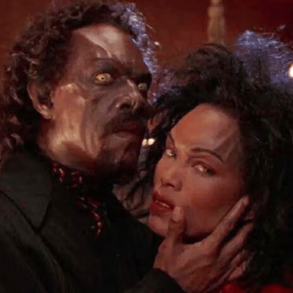
After rebounding with 9% growth in retail sales in 2022, the color cosmetics market continues to exhibit strong growth; however, inflation accounts for much of this. By the end of 2023, total retail sales of the US color cosmetics market are estimated to increase by 10% and exceed USD 13.6 million. With many consumers returning to pre-pandemic, in-person activities, demand for innovation—especially in the facial and lip cosmetic segments—is expected to boost total market sales this year. However, according to Mintel, the market is expected to level off over the next five years, growing 9% to reach USD14.9 million by 2028. [1]
Price constraints to impact the market
“In today’s cost-conscious environment, value is the name of the game. Persistently low consumer confidence continues to drive cost-conscious shopping behaviors, including the popularity of dupes, with social media playing a big role. This is especially true among younger consumer groups, which are more likely to be influenced by and take inspiration from social media,” said Joan Li, Senior Beauty and Personal Care Analyst at Mintel.
According to Mintel, three-quarters (74%) of makeup users agree that affordable makeup products work just as well as premium ones, suggesting a makeup culture favorable toward ’dupes.’ Indeed, a third of makeup consumers ages 18-24 (33%) and 25-34 (35%) say they have purchased a makeup ’dupe’ because of something they saw on social media.
However, the ’lipstick effect’—in which color cosmetics are viewed as an affordable luxury during times of financial uncertainty — protected the category from high inflation’s threat to discretionary spending, so far.
Nevertheless, looking ahead, the color cosmetics market is expected to level off. “Our research forecasts that growth will slow due to headwinds from continued trade-down behaviors, the mainstay of work-from-home and hybrid lifestyles, and competing growth in beauty-adjacent categories like ingestibles and skincare,” highlighted Li.
Makeup usage declines
Makeup consumption is all the more likely to slow down as interest in this category seems to be waning.
Mintel data reveals that 35% of makeup users are applying less makeup than a year ago compared to 25% who are using more makeup, indicating an overall decline in engagement in the category. The most popular reason for decreased usage is fewer out-of-home occasions (37%), followed by loss of interest (32%). Breaking down these reasons by age, however, it becomes clear that reasons for wearing makeup less frequently are overwhelmingly driven by older individuals, particularly women 55+.
Interestingly, men represent the primary growth behind those who are applying makeup more often, as 43% of men ages 18-44 say they are using makeup more often than a year ago. “Our research shows that men’s appearance concerns are focused on complexion and blemishes, which leads them to prefer facial cosmetics over other segments,” said Li.
Skin concerns prevail among younger consumers
As far as younger consumers are concerned, Mintel found that two in five (42%) women ages 18-34 who use makeup products say they wear makeup less often than last year due to skin health concerns. The following top reason for wearing makeup less often is having less time (39%). However, 67% of makeup users ages 18-34 say they are paying more attention to ingredients used in makeup products than a year ago.
“Given that there were fewer out-of-home occasions to inspire color cosmetics use, 18-34-year-old Americans may continue the habit of using makeup on an every-other-day or weekly basis, demonstrating a ’flexitarian’ approach that is perceived to be more convenient and healthier for the skin. As the health and wellness industry expands to include emotional well-being and skin health, consumers will increasingly challenge beauty brands to clearly communicate the roles brands play within the evolving industry,” concluded Li.
This post was originally published on this site be sure to check out more of their content.








